Best Seasons for Foundation Repairs
Foundation repairs are most effective when performed during specific times of the year, depending on weather conditions and soil stability. Optimal periods typically include late spring and early fall when ground moisture levels are moderate, reducing the risk of further shifting or settling during the repair process.
Spring offers moderate soil moisture, making it suitable for foundation repairs. However, heavy rains can sometimes delay work or cause additional shifting.
Fall provides stable ground conditions and cooler temperatures, which can facilitate efficient repairs before winter.
Summer heat and winter cold can complicate foundation repair work, leading to delays or compromised results.
Soil moisture levels greatly influence foundation stability. Repairs should be scheduled when soil is neither too dry nor overly saturated.
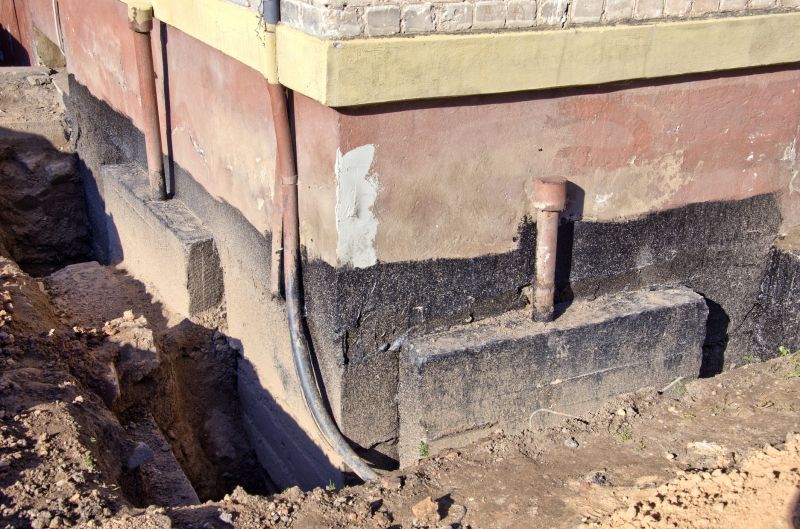
Springtime foundation repairs benefit from moderate ground moisture, promoting stability during work.
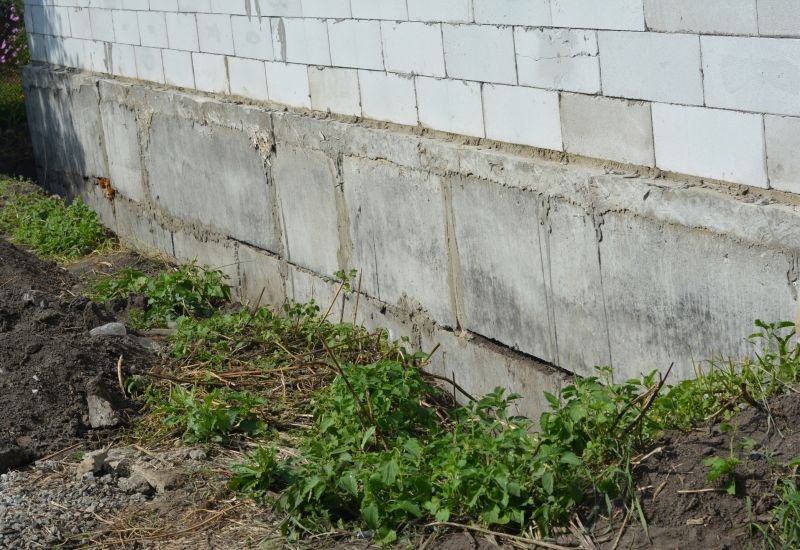
Fall offers cooler temperatures and stable soil conditions ideal for foundation work.
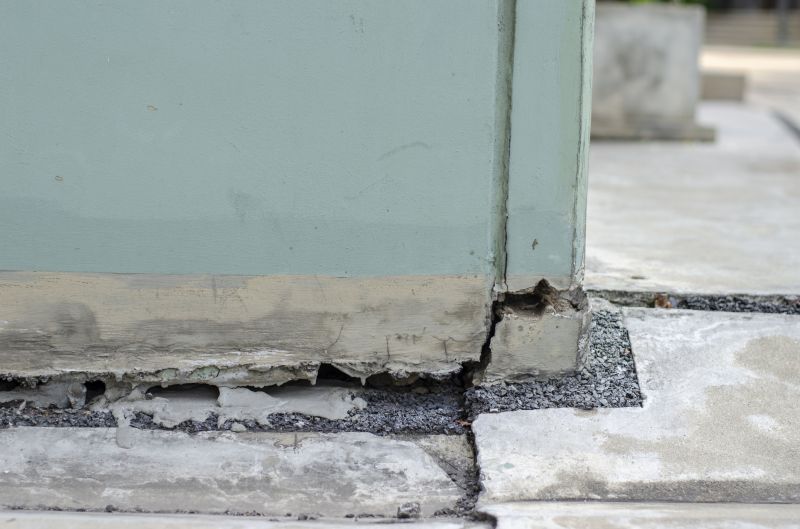
Summer heat can cause soil to dry out, making repairs more challenging and potentially less effective.

Ways to make Foundation Repairs work in tight or awkward layouts.
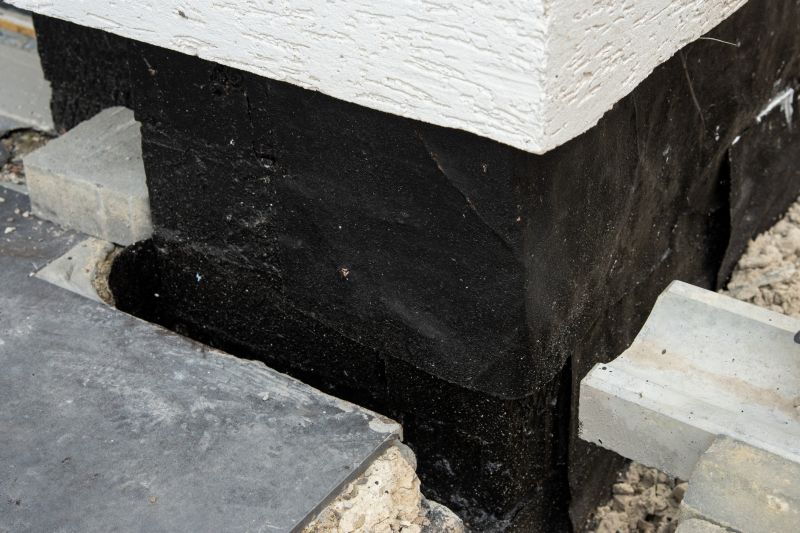
Popular materials for Foundation Repairs and why they hold up over time.
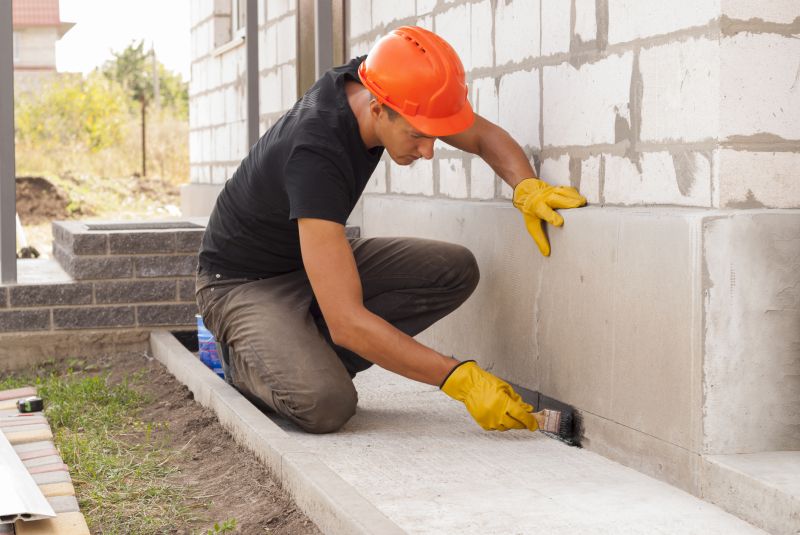
Simple add-ons that improve Foundation Repairs without blowing the budget.
| Season | Advantages |
|---|---|
| Spring | Moderate soil moisture, longer daylight hours, good for scheduling |
| Fall | Stable ground, cooler temperatures, less rain |
| Summer | Longer work days, but risk of dry soil and heat |
| Winter | Typically avoided due to frozen ground and harsh weather |
Foundation repairs involve stabilizing and restoring the structural integrity of a building's base. Proper timing ensures minimal disruption and optimal results. Soil conditions, weather patterns, and ground moisture levels are critical factors influencing the success of repair projects. Delaying repairs during unfavorable weather can lead to additional damage or increased costs.
Statistics indicate that foundation issues account for a significant portion of structural repairs in residential properties. Timely intervention can prevent further deterioration, reduce repair costs, and extend the lifespan of the building. Regular inspections and choosing the right season for repairs contribute to successful outcomes.
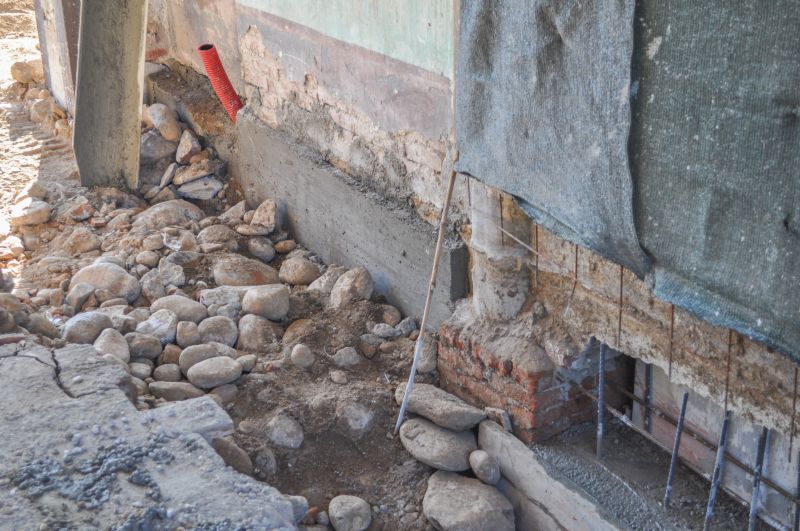
Foundation stabilization involves underpinning and reinforcement techniques to restore structural integrity.
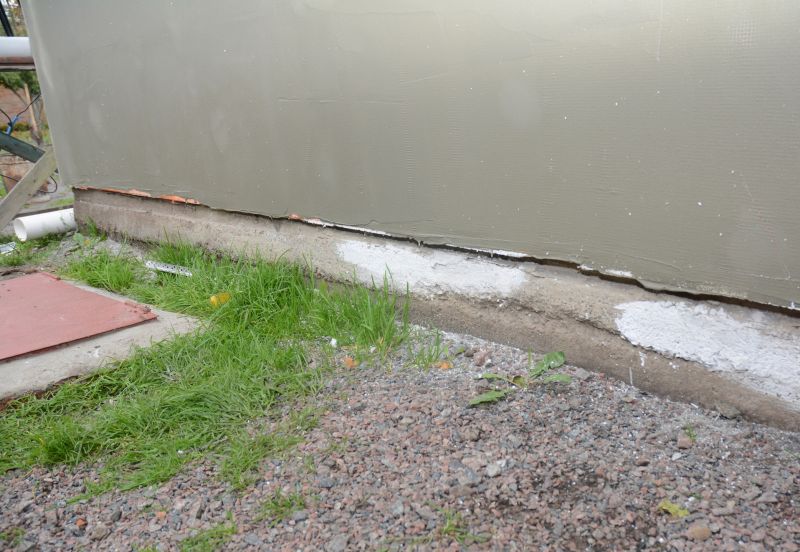
Addressing cracks early prevents further damage and maintains building safety.
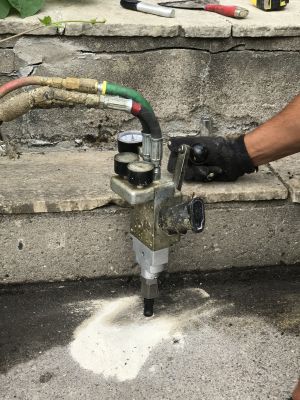
Soil injection techniques help in reducing soil movement and improving stability.
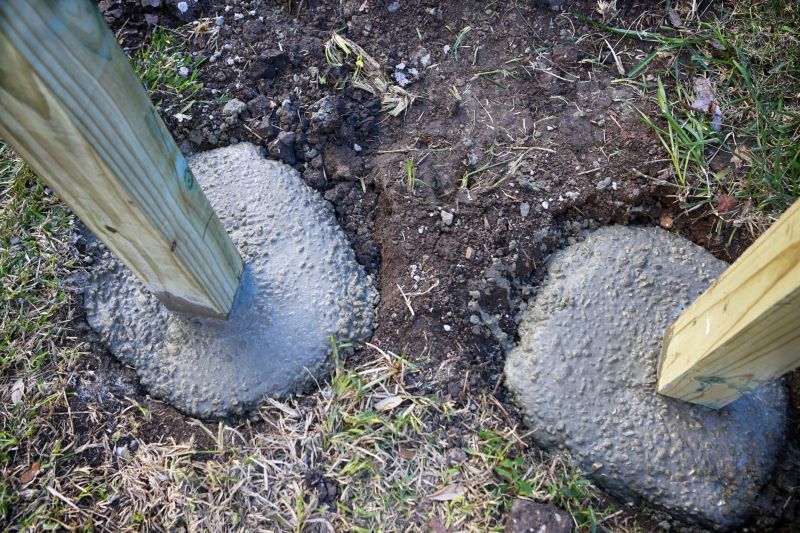
Piering provides support to sinking foundations, preventing further settling.
Interested property owners can contact specialists to evaluate the current condition of their foundation and determine the most suitable timing for repairs. Proper planning and execution are essential for long-lasting results and maintaining property value.

